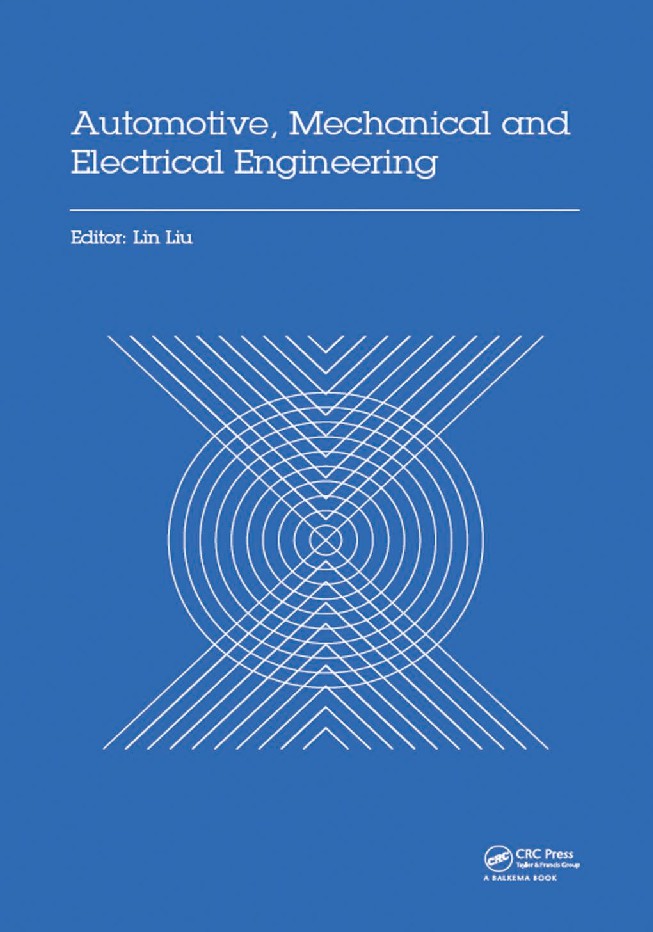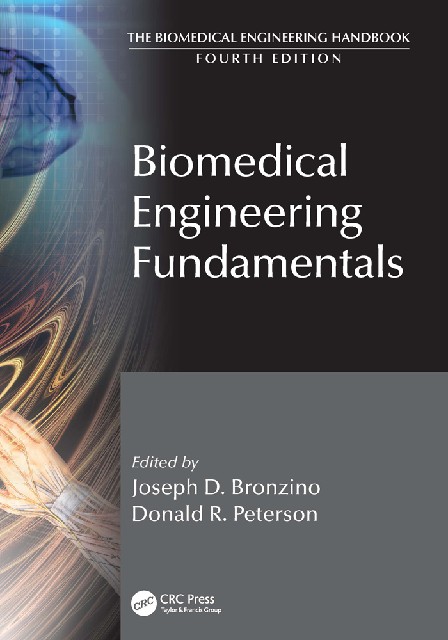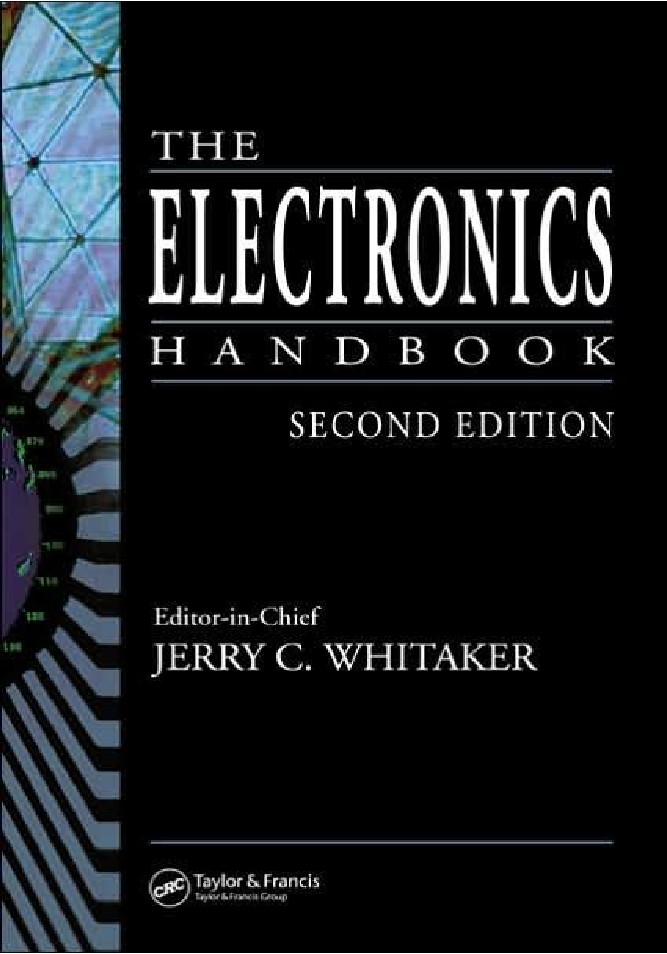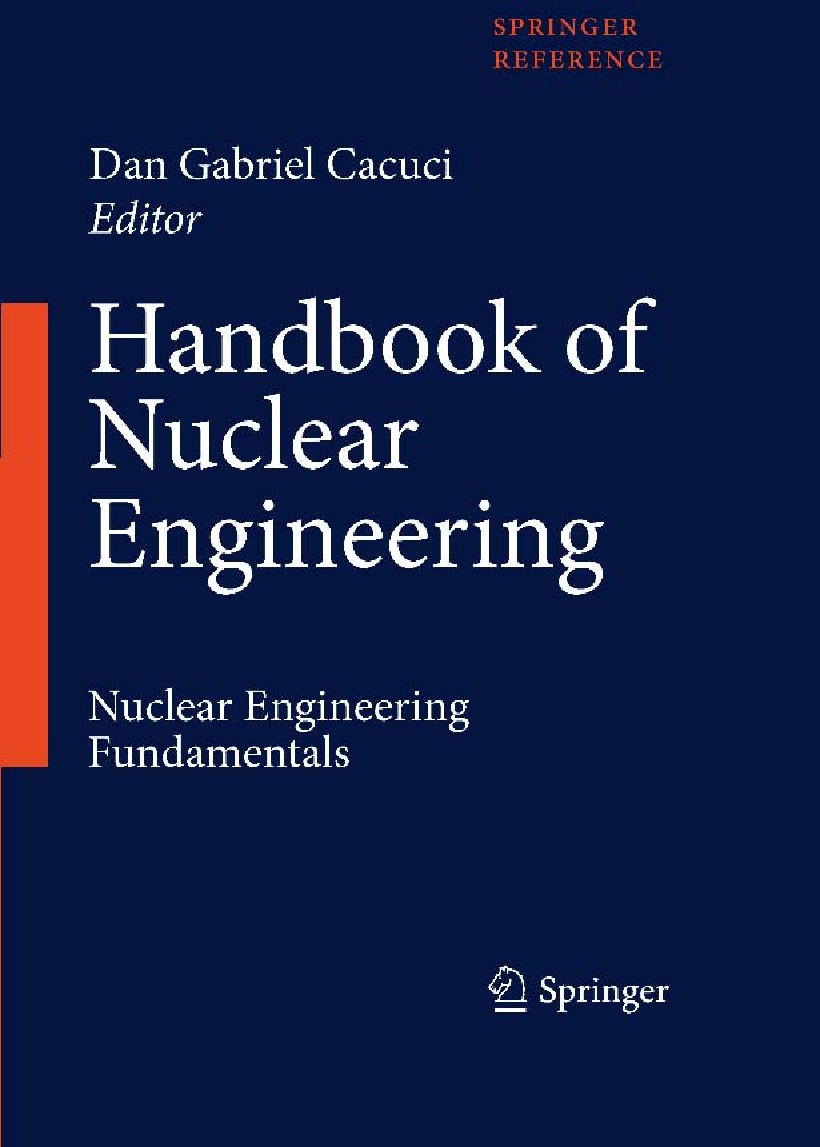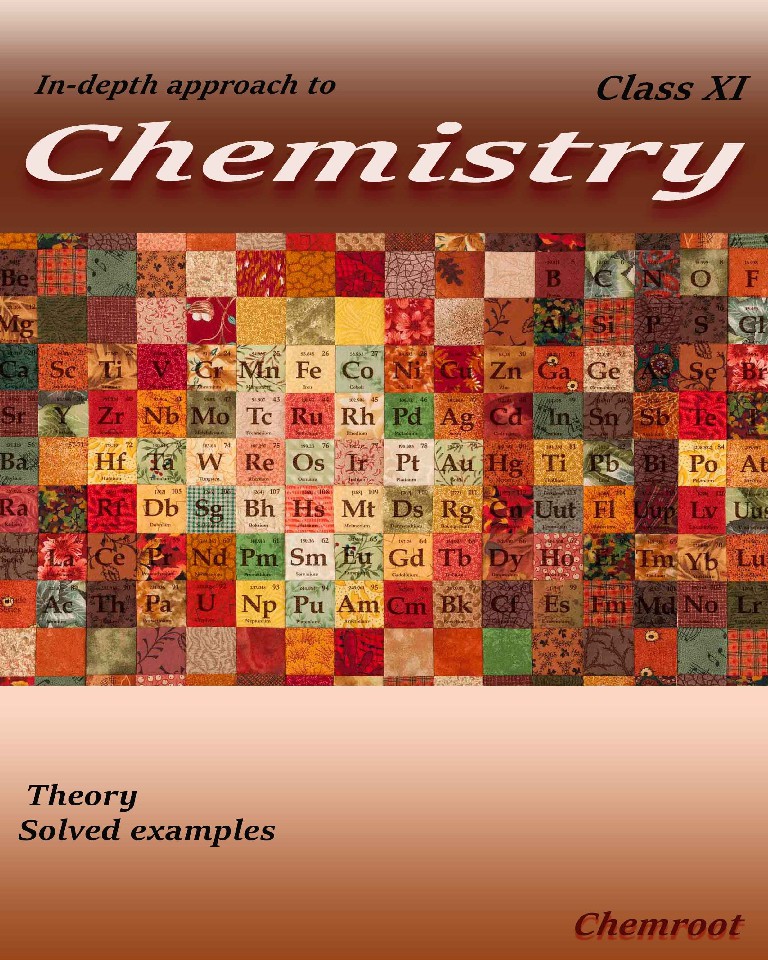Book Details
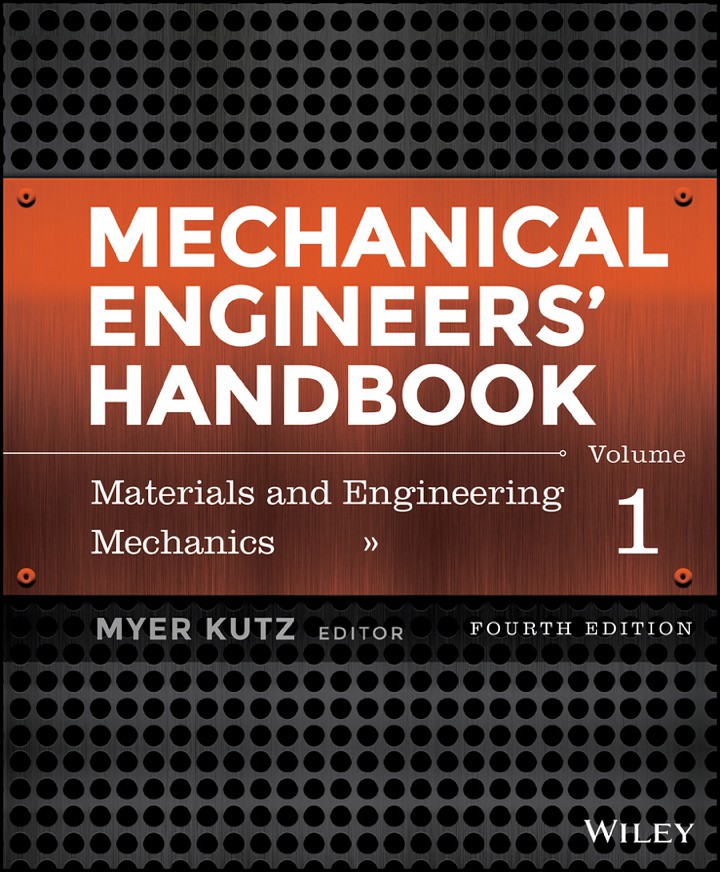
Mechanical Engineers' Handbook, Materials and Engineering Mechanics Volume 1
The first volume of the fourth edition of the Mechanical Engineers’ Handbook is comprised
of two major parts. The first part, Materials, has 15 chapters. All of them appeared in the third
edition; 10 have been updated for this new edition. They cover metals, plastics, composites,
ceramics, smart materials, and electronic materials and packaging. The metals covered are car-
bon, alloy, and stainless steels; aluminum and aluminum alloys; copper and copper alloys;
titanium alloys; nickel and its alloys; magnesium and its alloys; and superalloys. The intent in
all of the materials chapters is to provide readers with expert advice on how particular materi-
als are typically used and what criteria make them suitable for specific purposes. This part of
Volume I concludes with a chapter on sources of materials data, the intent being to provide read-
ers with guidance on finding reliable information on materials properties, in addition to those
that can be found in this volume, and a chapter on analytical methods of materials selection,
which is intended to give readers techniques for specifying which materials might be suitable
for particular applications.
The second part of Volume 1, Engineering Mechanics, has 12 chapters, half of them
new to the handbook. They cover a broad range of topics, including the fundamentals of
stress analysis (this chapter, in the handbook since the first edition in 1986, has been updated
for the first time), force measurement (new), strain measurement (new), the finite-element
method, viscosity measurement (new), tribology measurements (new), vibration and shock
(updated from the third edition), acoustics (new), and acoustics measurements (new). There is
a three-chapter section on methodologies that engineers use to predict failures with three major
classes of materials—metals, plastics, and ceramics (all three chapters have been updated).
I have removed the chapter on lubrication of machine elements, which had been unchanged
since the first edition in 1986. I was unable through the years and handbook editions to get
anyone to update the chapter. The material is too old by now and many of the references
can no longer be accessed (some of the organizations that developed referenced materials
have simply disappeared). The chapters on viscosity and tribology measurements serve as
replacements. The chapters on acoustics and acoustics measurements replace the chapter,
Noise Measurements and Control, which had been unchanged since the first edition.
Chapters from the mechanical design section, formerly in this volume, have been moved
to Volumes 2 and 3, with the exception of the chapter on electronic materials and packaging.
Prefaces to those volumes provide further details on the move.
Contributors of the chapters in Volume 1 include professors, engineers working in industry,
and consultants, mainly from North America, but also from Egypt, the Netherlands, the United
Kingdom, Germany, and India. I would like to thank all of them for the considerable time and
effort they put into preparing their chapters
Author: Wiley
Pages: 1042
Issue By: Gyan Publication
Published: 2 years ago
Likes: 0
